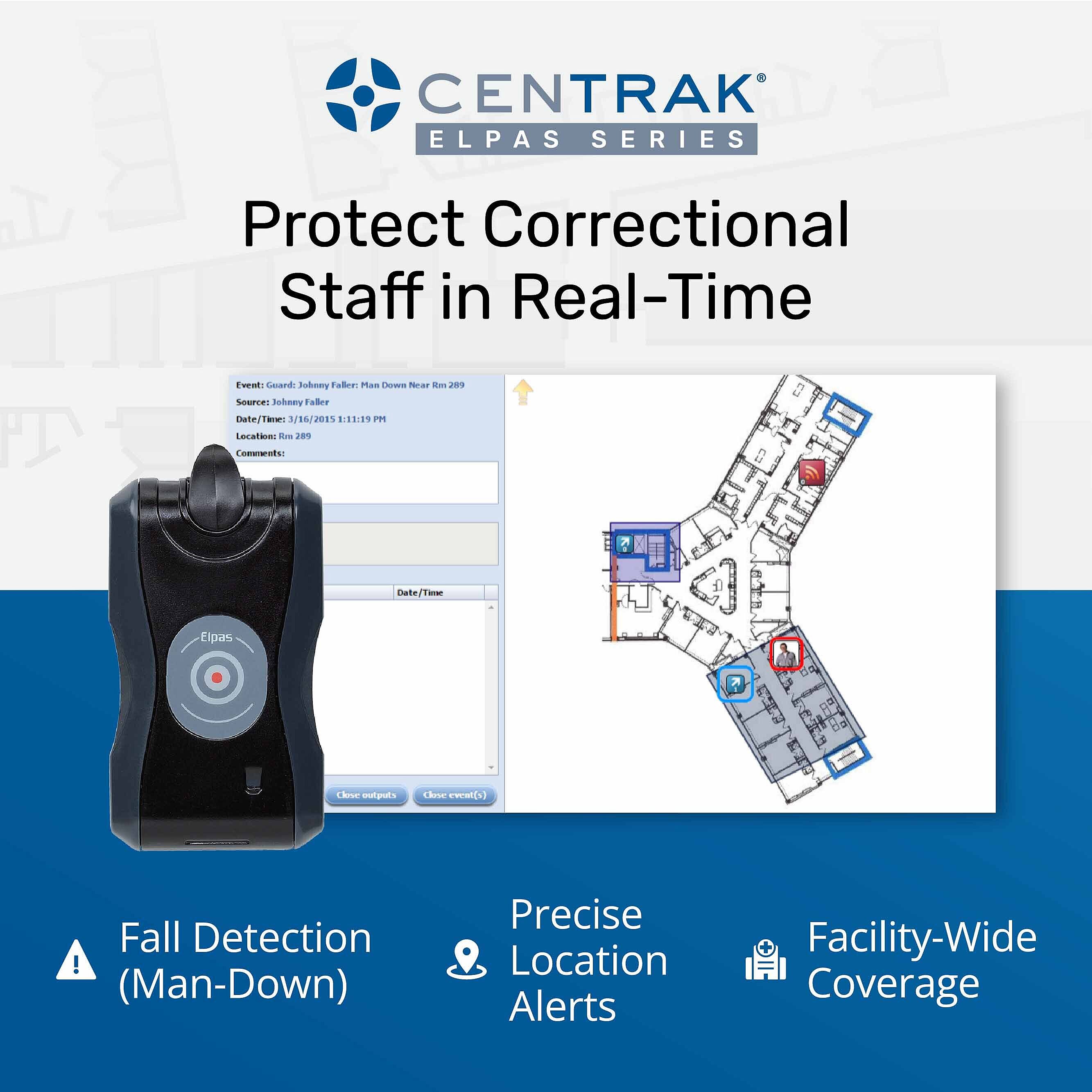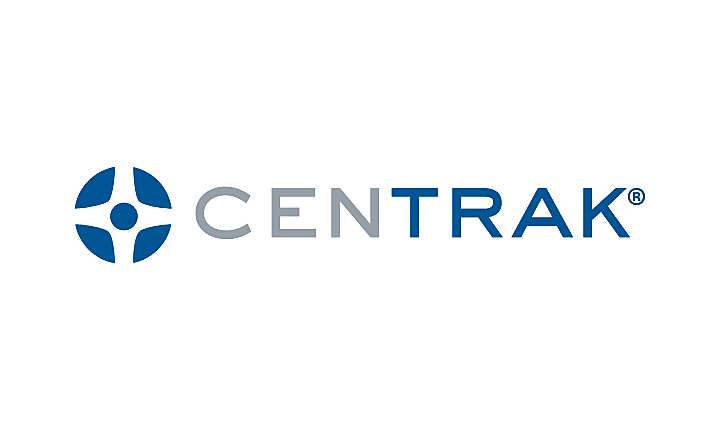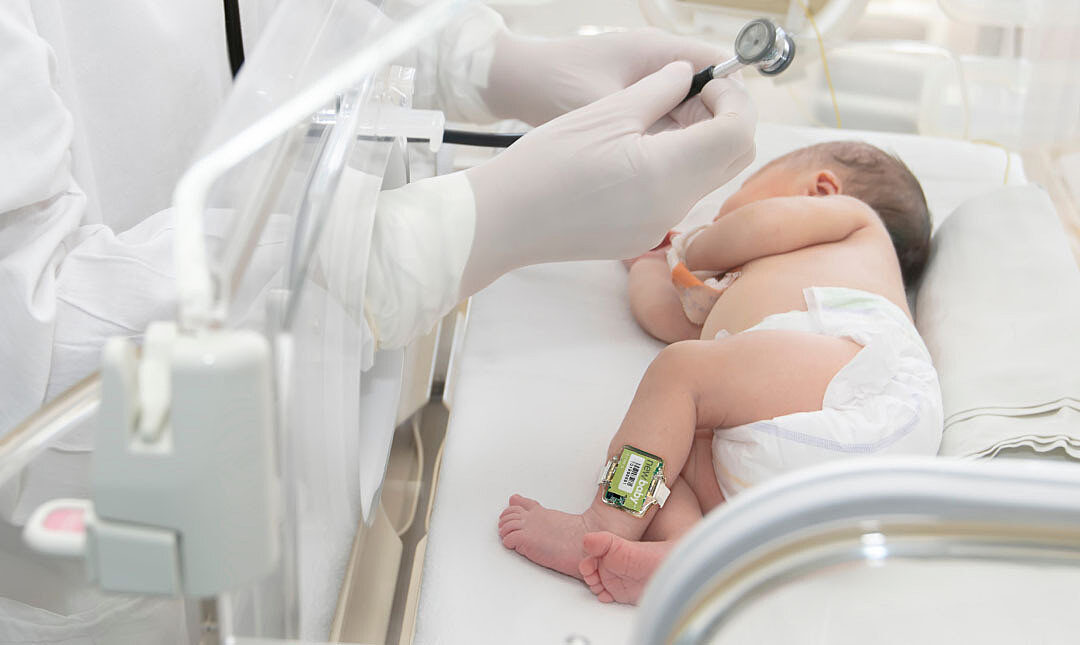BLE Staff Duress Systems: A Comprehensive Guide to Protecting Healthcare Workers

Incidents of workplace violence, aggression, and verbal or physical assault have increased in healthcare settings, and it's costing more than we think.
When healthcare staff don’t feel safe, the consequences are far-reaching. Workplace incidents contribute to increased turnover, burnout, and lost workdays, undermining the physical, emotional, and professional well-being of those on the front lines. This not only disrupts workflows, but also compromises the quality of patient care.
While security cameras, guards, and incident reporting systems play a role in supporting safety, they fall short in moments of immediate danger. When a nurse feels threatened, these tools can’t deliver instant help. That’s why reactive measures must be complemented by proactive, real-time safety solutions.
Bluetooth® Low Energy (BLE)-powered staff duress solutions provide discreet, immediate support, right at a caregiver’s fingertips. With the press of a badge button, responders are instantly alerted to the staff member’s real-time location, enabling a rapid, targeted response when every second counts.
Discover what BLE staff duress systems are, their applications, and benefits.
What Is BLE for Staff Duress?
BLE is a wireless communication technology that allows devices to transmit signals using minimal power. The technology powers duress systems that let healthcare workers discreetly call for help, from wherever they are, and share their real-time location within a facility.
How BLE-Based Staff Duress Systems Work
Healthcare workers often face unpredictable, emotionally charged, or dangerous situations. When something goes wrong, response time and location awareness are critical.
Here's how BLE staff duress systems work:
- Wearable badges with buttons: Staff wear BLE-enabled badges with an easy-to-press button. During a crisis, they press the button to send an alert to staff members within a facility.
- Signal transmission: The badge sends the alert using BLE. This short-range wireless technology allows the badge to communicate with nearby access points or BLE beacons throughout the facility.
- Location awareness: BLE-enabled Gateways or existing access points, such as those from Cisco or Aruba, detect the badge's signal and determine its location. Healthcare facilities utilize plug-and-play BLE repeaters in specific rooms to achieve room-level accuracy.
- Centralized alert processing and response: The data is sent to a centralized server or cloud platform. The system identifies the staff member's location, based on the facility's map, and routes the alert to the appropriate response team.
Technical Considerations
The following technical factors determine a distress system's effectiveness:
- Signal range and accuracy: Facilities with dense Wi-Fi coverage can use existing BLE-enabled access points to detect badge signals, or leverage standalone BLE gateways. Teams can also choose to install plug-and-play BLE repeaters to get room-level precision and ensure faster, more targeted responses.
- Power management: Solution providers engineer badges for long battery life, so staff don't have to recharge or replace them often. Reliable battery management keeps the system ready to go.
- Security and privacy: The system uses secure, encrypted channels to transmit data and limits access to authorized personnel only. Our BLE technology is fully compliant with key industry standards, including the iBeacon MFi License (iBC-14-00582), Bluetooth® EPL Certification, FCC Regulation, and CE Regulations (including EN300328, EN301489, EN60950, and EN62479). It complies with healthcare privacy regulations, ensuring data supports safety.
Applications of BLE Staff Duress Systems in Healthcare
BLE-based duress systems offer a flexible, facility-wide safety net that adapts to each department's unique needs. Explore the solution's applications below.
Duress Alerting in High-Risk Areas
Emergency rooms, psychiatric wards, and isolated care areas see a high frequency of behavioral crises or violent encounters. Staff in these settings often support patients in distress, which can lead to unpredictable and potentially dangerous situations.
BLE duress systems support different levels of protection through two adaptable deployment models:
- Quick-deployment and cost-effective coverage: Facilities can use existing BLE-enabled infrastructure or a few plug-in BLE gateways and repeaters to enable system-wide duress alerts. This option works well for fast, budget-friendly implementation.
- Granular, location coverage: Companies install a detailed BLE network that provides room-level location visibility for staff. The same wearable badge functions seamlessly across both coverage models, giving consistent protection throughout the facility.
Real-Time Location Awareness During Duress Incidents
Location updates are activated when a staff member presses their duress button. At that moment, the system displays their real-time location to help responders act quickly and efficiently.
- Live visibility: Once an alert is triggered, responders see the staff member’s location on a digital floor plan—enabling faster, more accurate support.
- Dynamic updates: As the staff member moves, their location is updated in real time, ensuring responders can follow and assist as the situation evolves.
Data Analytics and Reporting
The platform collects and organizes event data to support ongoing safety improvements. Here's how facilities use this information:
- Spot patterns: By analyzing trends in alert frequency, timing, and location, facilities can uncover high-risk areas—guiding decisions around staffing, training, and safety program improvements.
- Refine policies and protocols: Data insights allow safety teams to revise internal protocols, reinforce staff education, and introduce protective strategies tailored to actual incident patterns.
- Protect staff privacy: The system activates during emergencies and is designed to protect staff dignity and trust. Data is securely transmitted, access is limited to authorized personnel, and insights are used solely to improve workplace safety.
Benefits of BLE for Staff Duress in Healthcare Facilities
BLE duress systems help healthcare leaders build and sustain a culture where staff feel valued, supported, and secure. By fostering safer environments, these solutions also yield measurable financial advantages for healthcare organizations. Facilities experience fewer worker’s compensation expenses, diminished lost time due to injuries, and less disruption from staff resignations or call outs. Ultimately, BLE duress systems create a more resilient, cost-effective workplace—benefiting both employees and the health system as a whole. Here are seven benefits of BLE for healthcare workers.
1. Enhanced Staff Safety and Security
When staff can quickly and quietly call for help, they prevent situations from escalating and reduce the likelihood of harm. This action stops an incident from becoming dangerous. The system shows exactly where the staff member is, helping responders reach them swiftly and precisely.
Healthcare facilities implementing BLE duress systems report:
- Fewer escalations.
- Faster interventions.
- Stronger safety outcomes.
2. Compliance With The Joint Commission
The Joint Commission requires healthcare facilities to monitor and address workplace violence.
Hospitals must:
- Clearly define workplace violence and put systems in place across the organization to report it.
- Track and analyze violent events.
- Provide appropriate follow-up and support to victims.
- Use findings to monitor and improve program effectiveness.
- Train staff in de-escalation, self-defense, and response to emergency codes.
Distress systems simplify compliance by automatically collecting and organizing event information. Healthcare centers can assess risks, measure response effectiveness, and document program improvements.
3. Improved Staff Morale and Retention
When staff know their safety matters, their engagement deepens and their trust in leadership grows. A duress badge shows that management recognizes the realities of their environment and strives to protect their well-being.
Safer workplaces reduce stress and emotional fatigue, which helps prevent burnout and turnover. Nurses and clinical staff are more likely to stay when they feel respected, heard, and protected. A visible, effective safety program may attract more qualified professionals.
4. Reduced Liability and Legal Risks
Investing in safety protects the organization from legal and regulatory fallout. When facilities deploy BLE systems, they establish a clear record of proactive risk mitigation, helping support regulatory reviews and legal proceedings.
5. Increased Efficiency and Productivity
Fast interventions limit incident spread, avoid unit lockdowns, and reduce the time spent managing fallout.
When workers feel safe, they:
- Focus better.
- Move more freely.
- Deliver care more confidently.
6. Data-Driven Insights for Safety Improvement
Every alert creates a data point. Patterns emerge that help teams make better staffing and layout decisions.
If alerts spike during night shifts or in specific wings, leadership can tailor training, supervision, or environmental controls to address those vulnerabilities. With tailored data, you can direct resources where they'll have the greatest impact.
7. Cost Savings and Return on Investment
Each workplace violence incident can cost hospitals thousands in medical care, liability, and compensation. Replacing a single registered nurse costs up to $61,110. Nurse turnover costs hospitals $3.9 million to $5.7 million annually, and every 1% change in turnover represents roughly $289,000 gained or lost.
Preventing incidents or retaining a few more experienced nurses can offset a system's investment. Avoided costs in injury claims, recruitment, and retraining make the system a smart financial decision.
Protect Your Staff With BLE Duress Solutions From CenTrak
CenTrak's Healthcare BLE staff duress solutions support safety across an entire facility. We offer flexible models that scale with your needs. The system covers high-risk areas and general departments using the same easy-to-use badge. Our platform integrates with your existing software and Wi-Fi infrastructure. We provide training for all staff members for rapid deployment.
Take a tour to discover the benefits of BLE for staff safety.





